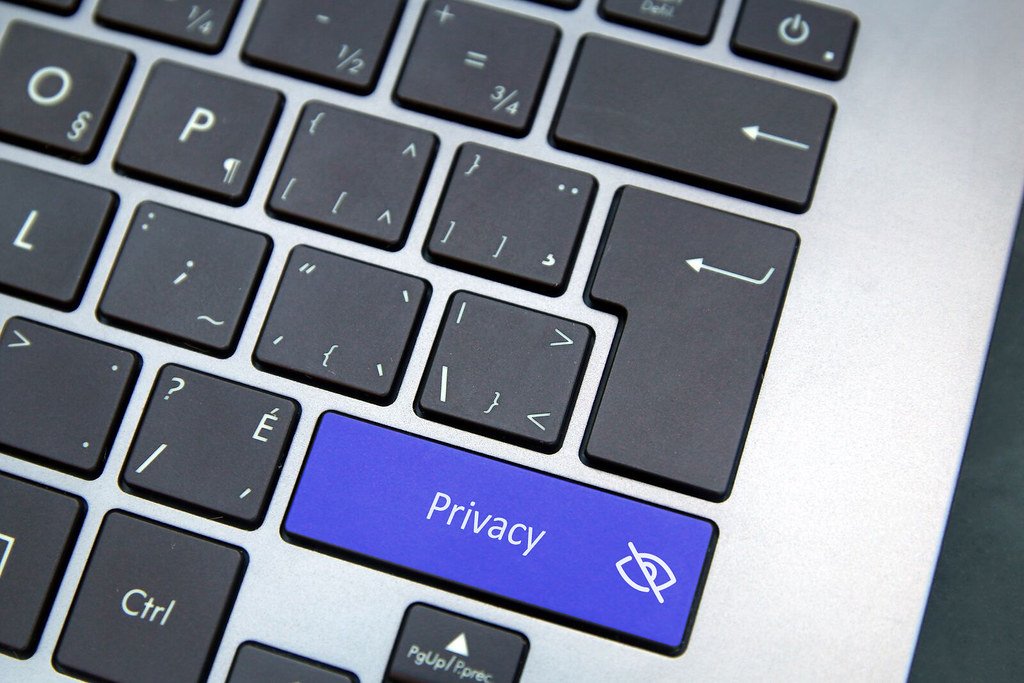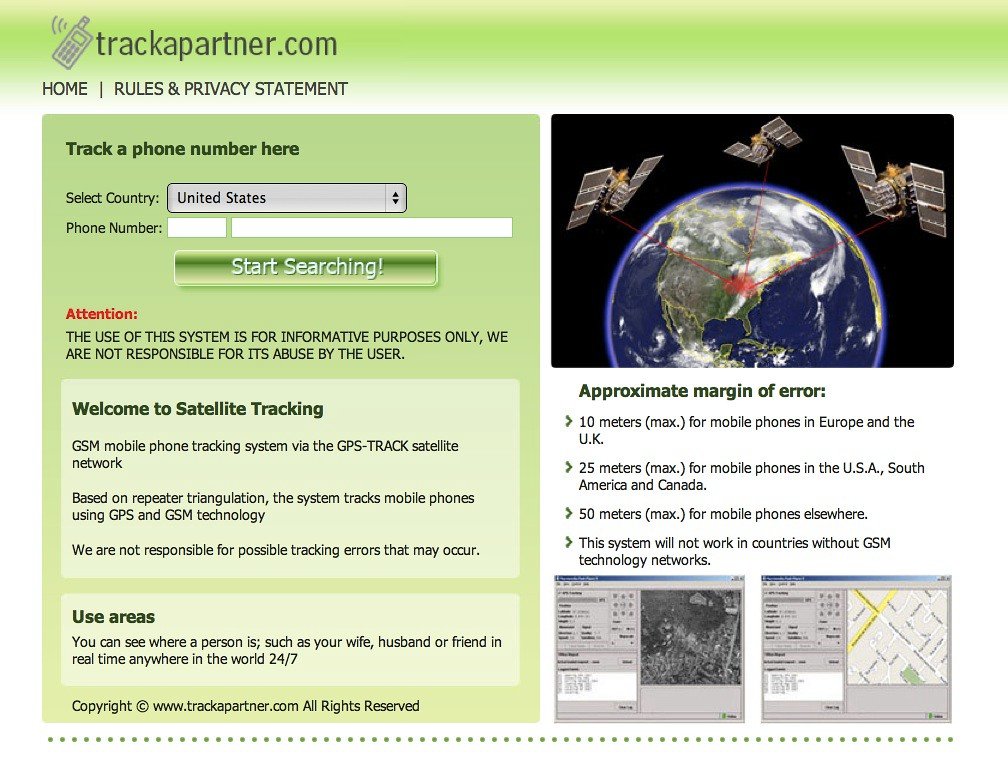Beneath a starlit sky, as a mother’s tender gaze fixates upon her beloved child seated in the backseat, a gentle sigh of relief escapes her lips. With the advent of global positioning system (GPS), the overwhelming sense of security now accompanies every step of her parental journey. However, like any technological marvel, GPS too demands a cautious approach, especially when it comes to navigating its copious features whilst tending to a car full of little ones. Fear not, dear worried mothers, for within this guide you shall discover the art of utilizing GPS prudently, ensuring a seamless and safe voyage for both you and your precious cargo.
Table of Contents
- Understanding the Basics of GPS Navigation
- Minimizing Distractions for Safe GPS Usage
- Ensuring Privacy and Security Settings
- Teaching Responsible GPS Usage to Your Kids
- Utilizing GPS Features for Emergency Situations
- Q&A
- In Summary

Understanding the Basics of GPS Navigation
GPS, or Global Positioning System, is a revolutionary technology that has transformed the way we navigate and explore the world around us. By using a network of satellites orbiting the Earth, GPS provides accurate and real-time information about our exact location, helping us find our way in unfamiliar territories.
Here are some key concepts to grasp when it comes to GPS navigation:
- Satellites: GPS devices communicate with a constellation of satellites that circle the Earth. These satellites transmit signals that are picked up by GPS receivers, allowing them to calculate the receiver’s exact position.
- Coordinates: GPS navigation relies on a system of coordinates to pinpoint locations. These coordinates are a combination of latitude (horizontal lines) and longitude (vertical lines) that reference specific points on the Earth’s surface.
- Waypoints: When planning a route, GPS users can set waypoints, which are specific locations or landmarks along the desired path. Waypoints serve as guideposts, helping users navigate from one point to another with ease.
- Map Data: GPS devices often come preloaded with maps that provide visual representations of the surrounding area. These maps may include details like roads, landmarks, bodies of water, and points of interest, making navigation even more intuitive.
By having a firm grasp of the basics of GPS navigation, you’ll be well-equipped to embark on your next adventure with confidence, whether it’s a road trip, a hike in the wilderness, or simply finding your way around a new city.

Minimizing Distractions for Safe GPS Usage
In today’s fast-paced world, GPS systems have become an essential tool for navigation. However, it’s important to remember that using GPS while driving can be a potential distraction and jeopardize our safety on the road. To ensure a safe journey, here are some effective ways to minimize distractions while using GPS:
- Mount your GPS device: Invest in a good quality mount to securely attach your GPS device to your dashboard or windshield. This will allow you to have a clear view of the screen without having to take your eyes off the road.
- Plan your route in advance: Before hitting the road, take a few minutes to plan your route and familiarize yourself with the directions. This will reduce the need to constantly glance at your GPS and help you stay focused on driving.
- Utilize voice-guided navigation: Most GPS systems offer voice-guided navigation, enabling you to listen to the directions instead of reading them. Take advantage of this feature to keep your hands on the wheel and your eyes on the road.
- Input addresses and destinations before driving: To minimize distractions, it’s best to enter your destination address into the GPS before you start your journey. This way, you won’t be tempted to make adjustments or input new destinations while driving.
- Adapt settings to suit your preferences: Explore the settings of your GPS to personalize them to your liking. Adjust the volume, brightness, and display options to ensure optimal visibility without being overly distracting.
Remember, the goal is to use GPS systems as a helpful tool without compromising our safety on the road. By following these tips, you’ll be able to navigate with ease while staying focused and minimizing distractions.

Ensuring Privacy and Security Settings
In today’s digital age, safeguarding our privacy and security has never been more critical. With the vast amount of personal information that we share online, it is essential to ensure that our privacy and security settings are strong and effective. Here, we provide you with some helpful tips and tricks to protect your data and maintain your online privacy.
1. **Use complex and unique passwords:** It may seem obvious, but having a strong password is one of the most effective ways to protect your online accounts. Avoid using easily guessable passwords like your name or birthdate. Instead, create a mixture of uppercase and lowercase letters, numbers, and special characters. Additionally, make sure you use a different password for each account to minimize the risk of multiple accounts being compromised.
2. **Enable two-factor authentication:** Two-factor authentication provides an extra layer of security by requiring you to verify your identity using something you know (like a password) and something you have (like a unique code sent to your phone). This additional step significantly increases the security of your accounts and reduces the risk of unauthorized access.
3. **Regularly update your privacy settings:** Many online platforms offer a range of privacy options. Take the time to review and adjust these settings to fit your comfort level. Consider limiting the visibility of your personal information, such as your contact details or location, to only trusted connections. Regularly checking and updating these privacy settings is crucial to keep up with changes in the platform’s policies and maintain control over your information.
Remember, ensuring privacy and security is an ongoing process, and staying informed about the latest threats and best practices is essential. By implementing these tips, you can take control of your online presence and protect your personal data in a rapidly evolving digital landscape.
Teaching Responsible GPS Usage to Your Kids
As technology continues to advance, it has become increasingly important to educate our children about responsible usage of GPS devices. These navigation tools can be incredibly helpful, but they also present potential risks if not used responsibly. Here are some key points to consider when teaching your kids about responsible GPS usage:
Understanding the Purpose
Start by discussing the purpose of GPS devices with your children. Explain how GPS works and the benefits it provides, such as finding locations, providing directions, and ensuring safety. Emphasize the importance of using GPS for useful and responsible purposes, rather than simply for entertainment or nosiness.
Respecting Privacy Boundaries
It’s crucial to teach children about respecting privacy boundaries when using GPS. Remind them that tracking others without their consent is invasive and inappropriate. Encourage them to use GPS with integrity and only share their own location or request someone else’s if it is necessary and permissible.
Safety First
One of the primary reasons for teaching responsible GPS usage is to ensure your child’s safety. Teach them to prioritize their well-being and use GPS features like emergency alerts and location sharing with trusted contacts in case of emergencies. Encourage them to focus on their surroundings while walking or driving instead of solely relying on GPS instructions, thereby avoiding potential accidents.
Avoiding Distractions
Highlight the importance of not letting GPS devices become distractions. Teach your children to use voice-guided instructions or mount their devices securely to minimize distractions while driving. Remind them to refrain from using GPS while involved in activities where their attention should be dedicated elsewhere, such as during conversations or while crossing the road.
Utilizing GPS Features for Emergency Situations
In times of emergencies, whether it be natural disasters or life-threatening situations, GPS technology can play a crucial role in ensuring the safety and well-being of individuals. By harnessing the powerful features of GPS, emergency responders and individuals can quickly navigate through challenging circumstances and provide prompt assistance.
One of the key advantages of GPS technology in emergency situations is its ability to provide precise location information. GPS devices can accurately pinpoint the exact coordinates of individuals in distress, enabling rescue teams to reach them faster. This real-time tracking can be life-saving, especially in situations where time is of the essence.
Moreover, GPS features such as geofencing can help create virtual boundaries, allowing emergency management teams to monitor affected areas. This technology can send alerts to both responders and individuals within the designated zones, ensuring everyone stays informed and prepared. Additionally, GPS-enabled emergency apps can provide valuable information on nearby shelters, medical facilities, and evacuation routes, simplifying the navigation process for individuals in need.
- GPS technology offers precise location information, aiding in faster response times.
- Geofencing allows for effective monitoring of affected areas.
- Emergency apps with GPS features provide valuable information for navigation and safety.
Q&A
What is GPS and why is it important for moms?
GPS stands for Global Positioning System, and it uses satellites to help determine the exact location and navigate you to your destination. GPS is important for moms as it provides a sense of security, allowing them to track their children’s whereabouts and easily find directions to new places.
Can GPS be harmful to kids?
GPS technology itself is not harmful to kids. However, it is essential to use it responsibly and ensure privacy settings are in place to protect your child’s personal information.
How can moms use GPS to keep their kids safe?
Moms can use GPS to keep their kids safe by utilizing tracking apps or wearable devices to monitor their location in real-time, especially in crowded places or unfamiliar neighborhoods.
Are there any limitations to relying solely on GPS for safety?
While GPS is a great tool for safety, it’s important to remember that it may not work effectively indoors or in areas with weak satellite signals. Additionally, it’s crucial for moms to teach their kids about street safety and awareness, rather than relying solely on technology.
Is it possible to use GPS while driving without distractions?
Yes, it is possible to use GPS while driving without distractions. Moms can ensure safety by mounting their device within their line of sight, using voice commands instead of manually manipulating the device, and pulling over when requiring adjustments.
What are some potential dangers associated with using GPS?
Some potential dangers associated with using GPS include being overly dependent on the technology, which may result in complacency or lack of basic navigational skills. It’s also important to be cautious of sharing personal information while using location-sharing features.
How can moms prevent GPS-related distractions while spending time with their children?
To prevent GPS-related distractions, moms can familiarize themselves with the route beforehand, use voice navigation instead of constantly looking at the screen, and encourage backseat entertainment or conversation to keep the focus on quality time with their children.
What are some tips for moms to ensure privacy and security when using GPS?
To ensure privacy and security, moms should carefully review and adjust privacy settings on GPS apps or devices, limit location sharing to trusted contacts only, and regularly update software to avoid potential vulnerabilities.
Can GPS technology be beneficial in emergency situations?
Absolutely, GPS technology can be incredibly beneficial in emergency situations. It allows moms to quickly share their location with emergency services or designated contacts, aiding in prompt assistance and peace of mind.
What other safety precautions can moms take in addition to using GPS?
In addition to using GPS, moms should teach their children about street safety, encourage open communication about their whereabouts, establish backup plans and emergency contacts, and stay vigilant in public spaces to create a comprehensive approach to safety.
In Summary
As we bid adieu to the inspiring journey of unraveling the secrets of GPS, it is essential to treasure the newfound knowledge and apply it with utmost care. As a mother, your role in embracing the digital era while safeguarding your loved ones is paramount. Remember, beneath the veil of convenience, lies the potential for distraction. So let us embark on this enchanting technological voyage, wielding our GPS devices with confidence and wisdom.
Navigating the world has never been more accessible, thanks to the power of GPS. From charting new territories to tracking the paths already taken, this marvelous technology has revolutionized our lives. But as with any tool, understanding its nuances becomes key to harnessing its true potential.
Before you set off on your next adventure, take a moment to ensure your GPS experience is a safe one. Embrace a mindset of balance, where the allure of exploration meets the importance of responsibility. Be the guiding light for your precious ones, teaching them to enjoy the marvels of GPS while keeping safety in arm’s reach.
Prepare yourself, for knowledge is the compass that guides us through new and uncharted territories. Equip yourself and your loved ones with the necessary knowledge of GPS safety measures, ensuring that you all embark on your journey with confidence and preparedness.
Remember to set boundaries and embrace ample breaks from the digital realm. Engaging in meaningful conversations instead of solely relying on that small, glowing screen. Life is a journey filled with experiences best shared with those we hold dear. So, don’t let the charm of GPS divert your attention from the beauty that surrounds you.
In this ever-evolving world, we must adapt to embrace technology while never losing sight of the human connections that make life truly extraordinary. Whether embarking on a family road trip or simply guiding your children to their after-school activities safely, the art of using GPS will now be accompanied by the grace of your parental guidance.
As we conclude this journey, let us remember that safe navigation goes hand in hand with knowledge, awareness, and the nurturing embrace of a loving mother. So, mothers, equip yourselves and your loved ones with this invaluable wisdom, for it shall illuminate your path towards a safer and more fulfilling GPS experience. Bon voyage!
As an affiliate, my content may feature links to products I personally use and recommend. By taking action, like subscribing or making a purchase, you’ll be supporting my work and fueling my taco cravings at the same time. Win-win, right?
Want to read more? Check out our Affiliate Disclosure page.